Updated October 2019
The condition of your dog's coat is a good indicator of his or her health. Dog coat problems can be signs of an allergy, parasitic infection, or other serious underlying health condition. In this article we break down everything you need to know about dog coat health: what a healthy dog coat should look and feel like, signs and potential factors behind an unhealthy dog coat, and how to best promote a healthy dog coat in your four-legged best friend.
Coat Appearance in Healthy Dogs
Although dog coats vary widely in type and texture across dog breeds, the characteristics of a healthy dog coat are generally the same across every pup. A healthy dog coat is shiny and smooth. The fur or hair should be soft and glossy without being greasy.
Signs of an Unhealthy Dog Coat
Signs of an unhealthy dog coat include dog hair or fur that grows increasingly dull, faded, and limp. The coat may become increasingly dry, brittle, and coarse. The changes in your dog's coat may not happen overnight but occur over time. Old age aside, such symptoms can be a sign of malnutrition, allergy, illness, parasites, or other health problems. For these reasons, it is important to contact your vet as soon as you notice any changes in coat health.
Tips to Keep Your Dog's Coat Shiny and Healthy
Food For Thought
"You are what you eat" holds true for humans and dogs alike. Genetics aside, diet is the #1 external factor affecting dog coat health.
A balanced diet rich in protein, essential fatty acids (omega-3s, omega-6s), and carbohydrates is key for dog skin and coat health. If you already use a high quality dog food, consider these add-ons:
- Clean protein. A strand of hair is composed of mostly protein, so if one’s diet lacks sufficient protein, hair health will suffer. Fully-cooked chicken, turkey and fish are excellent sources of protein for dogs and can compliment a high quality commercial food diet. Try to avoid meat by-products, preservatives, and grains (corn, wheat, and soy) which are often used as food fillers and offer little nutritional value.
-
Omega-3 and -6 fatty acids. For dogs and humans alike, omega-3 and omega-6 are saviors for the skin. Omega-3s fight inflammation, arthritis and help to relieve dandruff and other skin irritations. Omega-6 fats replace skin oils that keep skin looking young and hair shiny. Both can be found in many dog-friendly foods: salmon, sardines, tuna, anchovies and mackerel
Quick Tip: Try canned wild alaskan salmon or pre-packaged sardines. Both are affordable and easy options (no cooking required!) and both can be found at local grocery stores and even online. -
Eggs. Fully-cooked eggs are an excellent source of digestible protein, omega-3 fatty acids (in the yolk only), iron, phosphorous, selenium and vitamins A, B12, B2 and B5 (among other disease-fighting nutrients). One egg every week or two is a fantastic nutritional add-on for your pup
Quick Tip: Don’t feel like waiting 10 minutes to boil eggs? Put an egg in a microwavable bowl, stir it up, and cook for 1 minute. Re-stir and cook for another 15-30 seconds until fully cooked.
LEARN MORE: HOW TO CHOOSE THE BEST DOG FOOD
Additional Ways to Promote a Healthy Dog Coat and Skin
- Brush daily. Regular brushing helps distribute the natural oils in the skin to the coat, moisturizing the hair and leading to a shinier, glossier coat.
- Limit bathing. The general rule of thumb is to bathe a healthy dog once a month.
- The right shampoo. Use an all natural, mild, and hypoallergenic dog shampoo or human baby shampoo. Consider shampoos with moisturizing ingredients like aloe vera and oatmeal. Avoid shampoos with added chemicals and toxic ingredients like sodium lauryl sulfate, synthetic fragrances, triclosan, and polysorbates.
- Oatmeal. Oatmeal cleanses skin, locks in moisture, and relieves itching. To make an oatmeal bath, grind a cup of oatmeal into fine pieces and add to warm bath water. Bathe your pup in the oatmeal solution for 10-15 minutes, gently massaging the water into his coat. Rinse fully.
- Other nutritional supplements. Some people swear by dog-friendly omega-3 and omega-6 supplements. Please speak to your vet before adding these to your pup’s meal, as too many add-ons could cause indigestion or diarrhea.
What Causes a Dull Coat?
Keeping in mind that genetics and age do affect dog coat appearance to an extent, the following factors are common culprits behind dull locks:- Low quality dog food. Lower quality dog food makers often skimp on or completely exclude high quality animal protein sources. Instead, they opt for cheaper and lower quality alternatives like “animal digest”, “animal by-products”, “animal fat”, unspecified meat meals, corn, and rice flour. Dog food made with low quality ingredients will not give your pup the best nutritional profile and can ultimately affect his overall health and coat texture and appearance. Not sure which ingredients in dog food are good and bad? Here is a comprehensive resource for identifying the best and worst ingredients in dog food.
- Improperly balanced homemade diet. Although making meals for your dog is a wonderful way to ensure quality and freshness of ingredients, please always speak to your vet before cooking to ensure you are including every essential nutrient your pup needs to stay healthy.
- Ticks, fleas and other parasites. Parasites like tapeworms, hookworms and roundworms can deplete your dog of key nutrients that help keep his or her coat healthy and shiny.
- Other illness or health problems. Other illness or disease can similarly dull a dog’s coat, so always make sure your little one has a clean bill of health by visiting your vet regularly.
When to Visit the Vet
If your dog has excessive shedding, sudden or unusual hair loss (i.e. bald spots), or shows other signs of ailing coat health, please arrange a wellness appointment with your veterinarian.

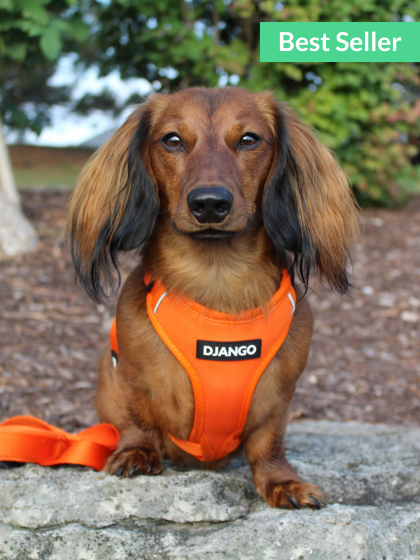
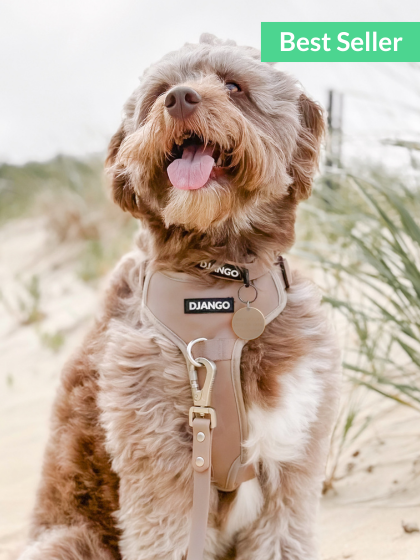
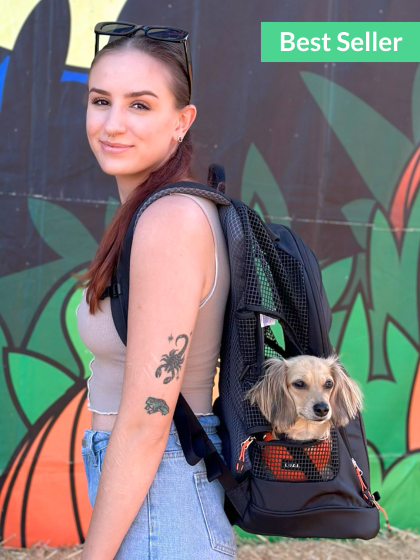
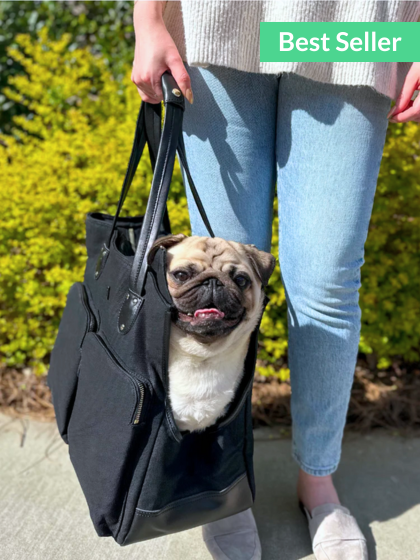
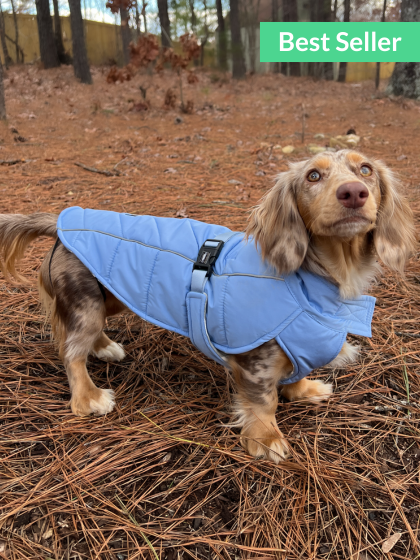
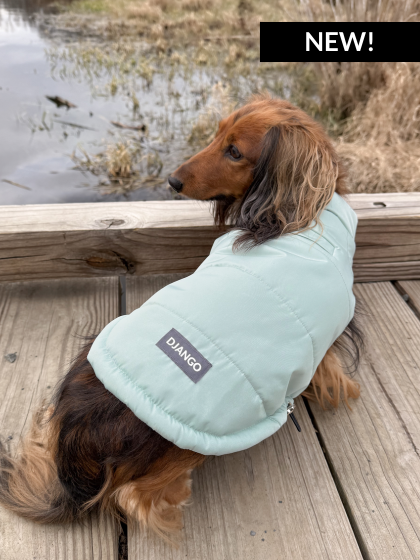
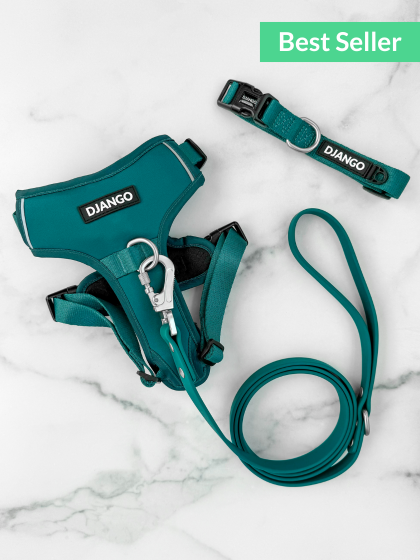
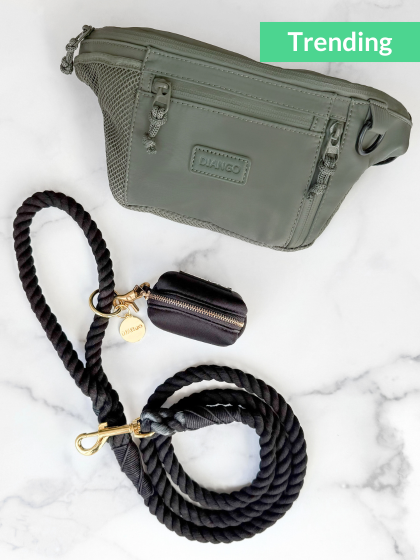
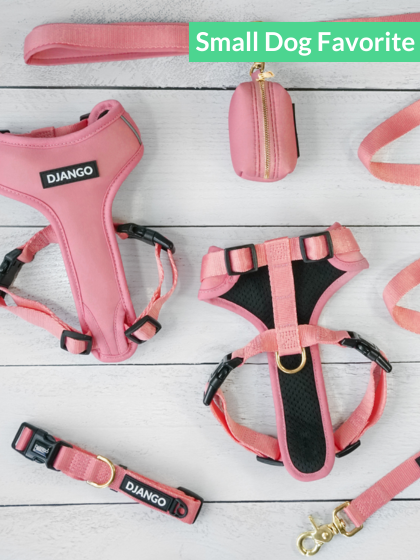


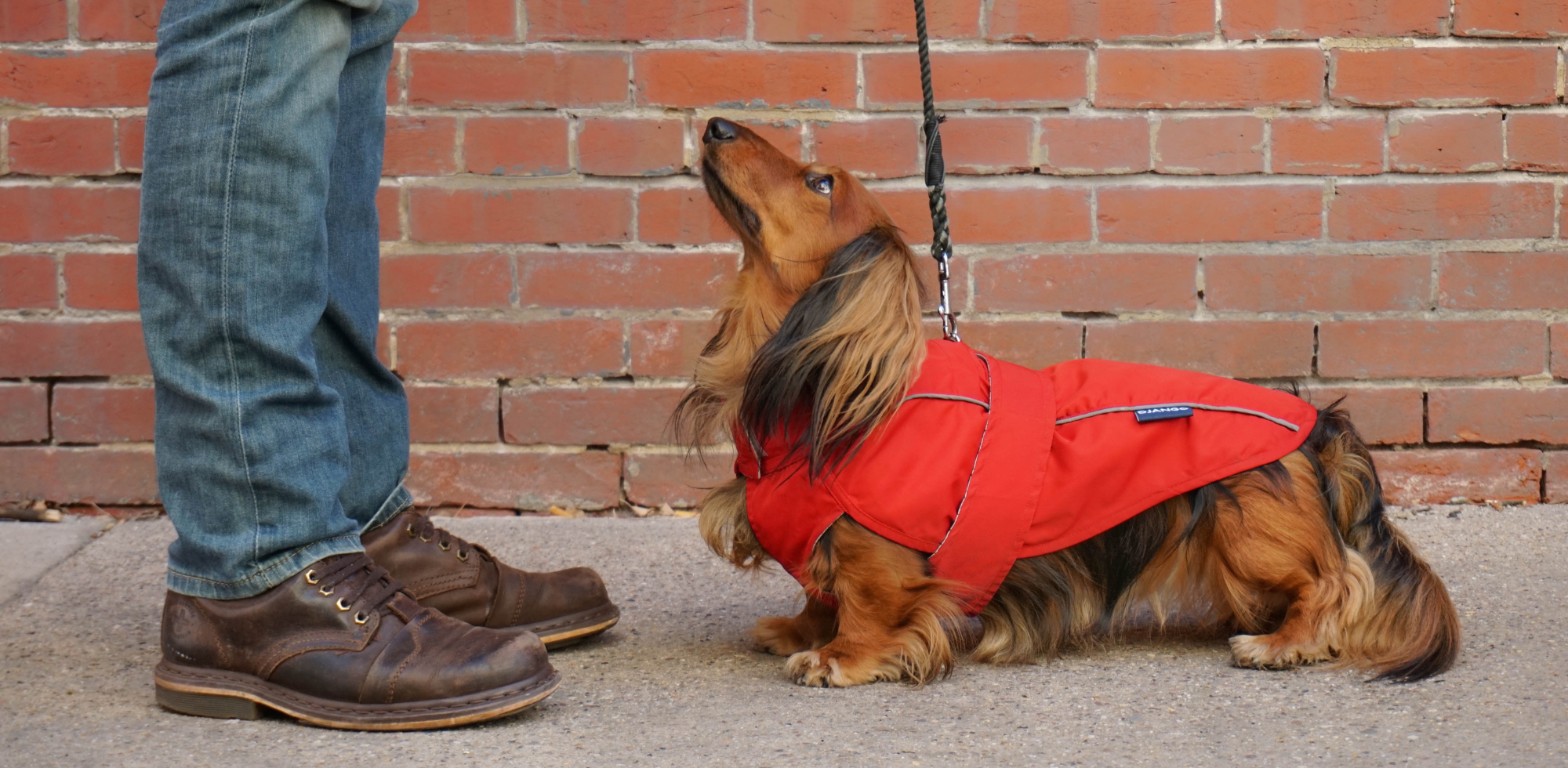
1 comment
Dog harness vest
Article is good. Thanks for sharing
Article is good. Thanks for sharing